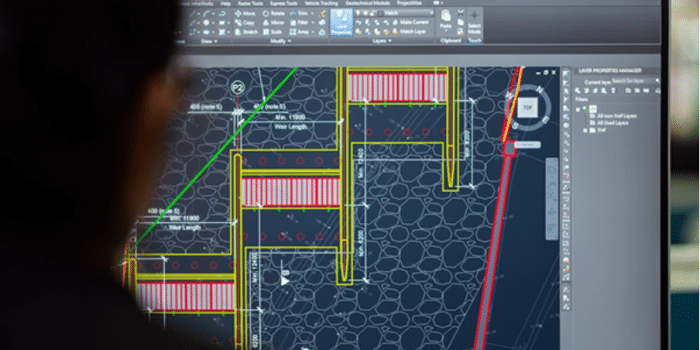There are several important steps to write a strong software design document (SDD). Outlining your goals is especially important if you’re outsourcing work to a white label development company. Essentially, an SDD defines how a software product will be configured to meet technical specifications, user requirements, or stakeholder expectations. These forms are commonly used to record design information, address technical concerns, and formulate a build methodology. As a software development manager, preparing a good design document can ultimately make or break the success of your project. Following these procedures, you can prepare sophisticated documentation for future projects, expose gaps in your planning, and strategize your entire software architecture. To help you get started, read on to learn about how to write a software development design document.
Outline Your Goals And Milestones
First off, it is fundamental to outline the goals and milestones associated with your custom software project. Start off by defining the internal goals of your programming team. For example, set goals regarding project deadline, scope, and feature set. Then, take the time to define the user-driven purpose of your software project. Once you have done so, it may be additionally beneficial to specify how you will measure your success. Often, many teams do this by setting measurable milestones, or checkpoints. This way, you can accurately understand when various parts of your project will be completed, and how they will be done. Naturally, this helps you effectively distribute resources, prepare time forecasts, and meat project deadlines. Certainly, outlining goals and milestones is an important first step to prepare your SDD.
Define Your Required Resources
Next, you should describe the required resources you will need to build your product. There are plenty of dependable resources to help you design, develop, and deploy your custom software system. For example, you can utilize Helm charts repositories to optimize privacy and manage access control. Simultaneously, these resources empower high availability, coupled with massively scalable storage. This way, you can enjoy robust, enterprise-ready repository management across your software pipeline. To further accelerate your SDLC, you may want to additionally integrate some advanced DevOps tools, integrated development environments (IDEs), as well as private container registries. Indeed, describing your required tools and resources is an important step of SDD writing.
Describe Your User Interface (UI)
In addition, your custom software design document must specify what your user interface will look like. Throughout planning your UI, be sure to keep the design simple, create consistency, and use a single typeface. At the same time, you should strategically use color, brightness, and texture wherever possible. In fact, many user interface designers will additionally recommend leveraging typography to create clarity, hierarchy, and a sense of purpose. Following these tactics, you can streamline productivity and reduce programming costs. Of course, this often leads to increased user engagement, as well as retention. Surely, your SDD form needs to accurately describe your product’s UI.
Highlight Your Development Methods
At this point, you are ready to highlight your chosen development methods. In this section, clearly describe the software design methodologies that you will be using. For professional software design, many teams rely on popular frameworks like waterfall, agile, and DevOps. At the same time, many teams are leveraging new strategies like extreme programming and rapid application development (RAD). Once you have specified these methods, you should additionally describe the architectural strategies that you will use on your system. Ultimately, laying out these techniques early on will help you improve your product performance and optimize software quality assurance. Indubitably, highlighting your development methods is a core portion of writing your custom SDD.
Specify Your System Design
Now, it is time to specify your custom software system design. Broadly, you can define system design based on underlying architecture, data structures, and interactions. At the same time, you should explain the approaches and databases that will be required for procedures. After this is all completed, detail the custom software interface and structure. Then, you can highlight any supporting components or modules. Specifying these design elements early on, you can establish an early understanding of how to configure your software. Absolutely, specifying design is a key step when writing your custom software development design document.
There are several essential steps to prepare a custom software development design document. Firstly, take the time to outline your development goals and milestones. Next, you will need to specify what your UI will look like. Then, describe your required programming resources, such as Helm charts repositories. Now, it is time to specify your system design. At this point, you are ready to highlight your chosen development methods. Follow the points highlighted above to learn about how to write a software development design document.


